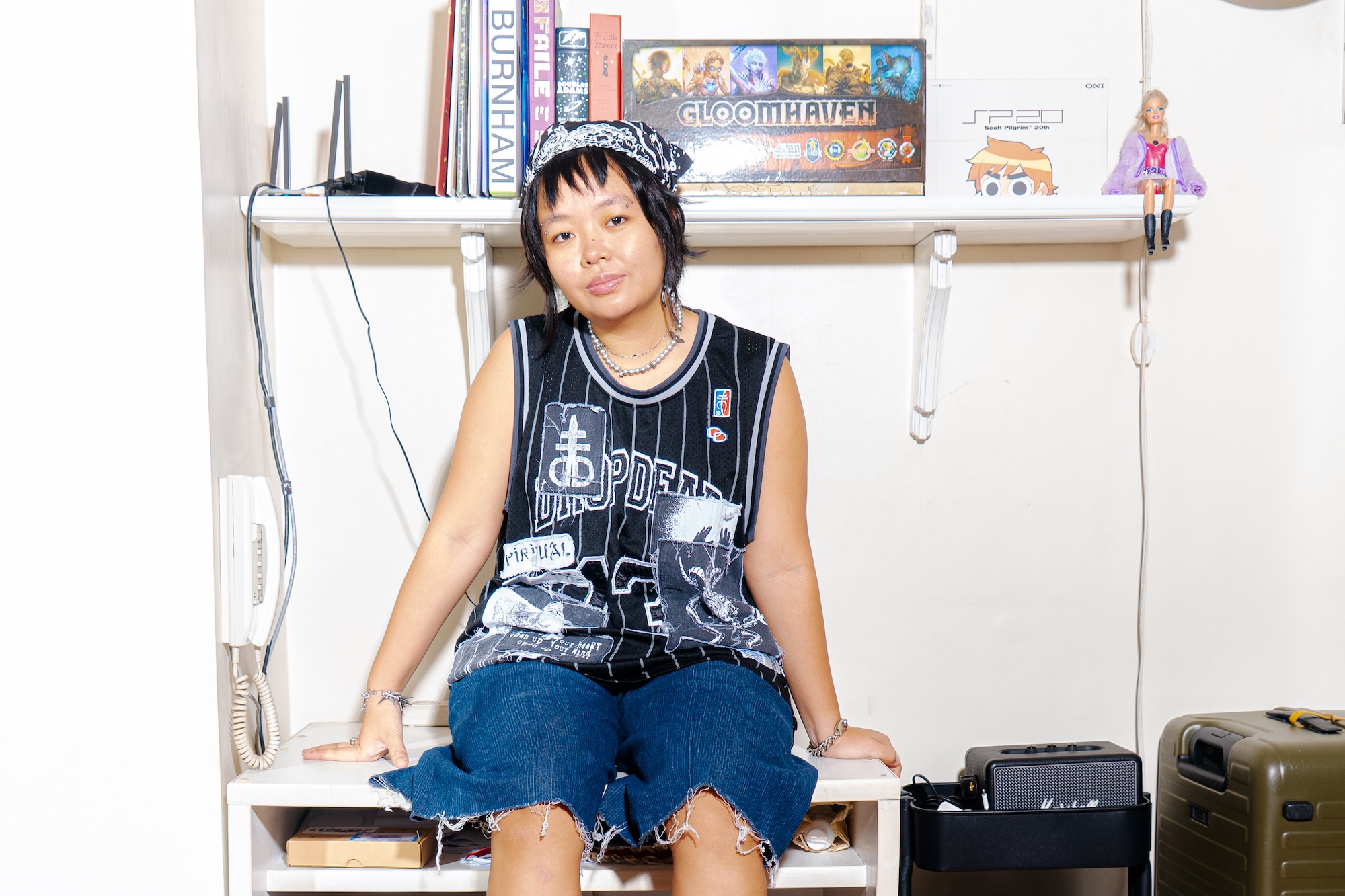Touchdown, final quarter of 2021. But nothing much has changed, really, when you look around. Students are still begging for funds, calling for academic breaks, and asking for an end to the inaccessible and inequitable virtual learning setup. As a matter of fact, UNICEF’s report in September reveals that the Philippines is one of only two countries that hasn’t returned to face-to-face classes ever since the pandemic was declared in March 2020.
The Commission on Higher Education (CHED) is considering limited face-to-face classes for all degree programs by next year. Meanwhile, the Department of Education (DepEd) is gunning for targeted pilot limited face-to-face classes in low-risk areas in November. As students deserve a conducive learning environment—while still being protected against the threat of the virus—advocates of the #LigtasNaBalikEswela movement continue to soldier on.
To “fast-track and fund” the call despite budget concerns and other barriers, the Kabataan Partylist—led by Cong. Sarah Elago—decided to take a step higher: filing the Safe School Reopening Bill.
In a press release on Oct. 20, the youth-focused organization said that even though 120 schools were originally part of DepEd’s pilot testing, only 30 schools will be able to move forward. “Education Assistant Secretary Garma cites various [reasons] for schools dropping out of the pilot batch from rising cases, to disapproval of parents or local government units,” they added. This, along with other factors, have prompted the completion of the bill.
With the Rise for Education Alliance, Student Aid Network, and various sectors, the Kabataan Partylist filed this bill for the safe and phased reopening of schools. But what exactly does it ask for?
Programs to ensure safety
The Safe School Reopening Bill seeks to implement regular COVID-19 testing for learners and school personnel every 14 days, in cooperation with PhilHealth, CHED, and DepEd. It also calls for prioritization of health facilities and supplies, like free face masks, alcohol, campus clinics, and well-ventilated classrooms, among others. There should be at least one school nurse per higher education institution campus and per district as well.
Allowances
The bill not only covers help for students, but also for teachers. The organization demands that these campus frontliners receive internet allowance, subsidy for teaching devices, 25% overtime premium, hazard pay (for both teaching and non-teaching personnel), medical fund (for treating COVID-infected teaching and non-teaching personnel), and overload pay (a.k.a. when teachers have to work beyond their usual teaching load.)
Protection of the education sector
Apart from proper funding for resources and programs, the bill’s seventh section eyes strengthening the “rights and welfare of students, teachers, and staff” and ensuring democracy and inclusivity in these spaces. Examples of these are providing support for physical, mental, and emotional health, and prohibiting the police, military, and other agents from entering schools.
“We, in Kabataan, believe that we must put forward and fund no less for the safe and phased school reopening. This representation believes that the needed funding is not only necessary but well within our means if only the current administration is willing to forgo dubious allocations in the billions for confidential and intelligence funds and other lump sums which are very prone to misuse and abuse,” Kabataan Partylist wrote in the bill’s explanatory note.
To know more about the specific target budget allocations and the bill’s complete details, head to Kabataan Partylist’s page.
Read more:
In the midst of #AcademicBreakNow, DepEd calls opening of classes a ‘success’
Instead of flexible learning, students want vaccines instead
With online classes, teachers and students share the same struggle
Photo from Inquirer.net











































